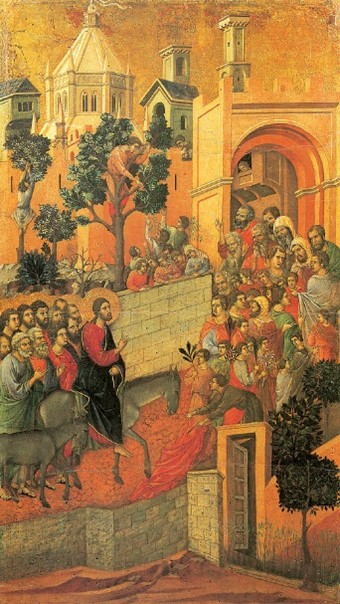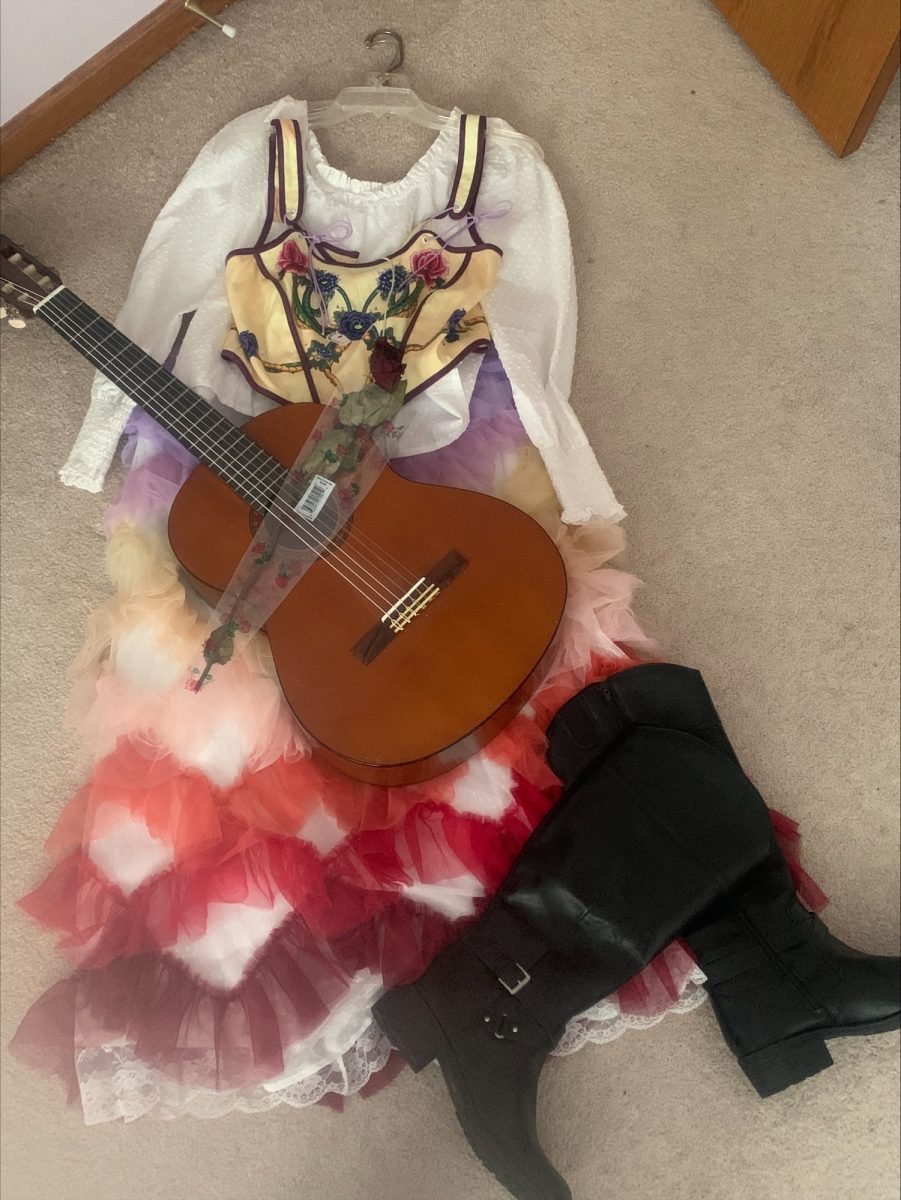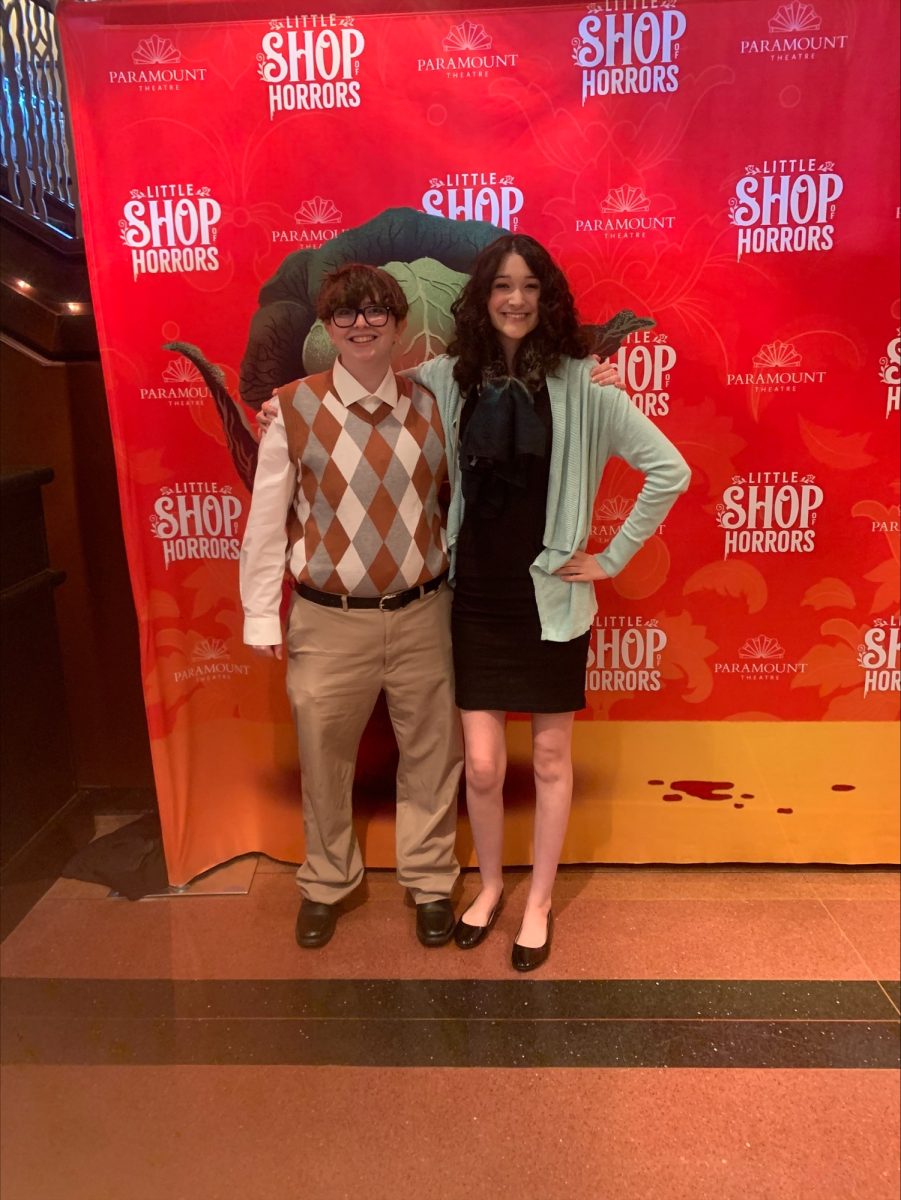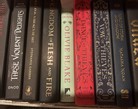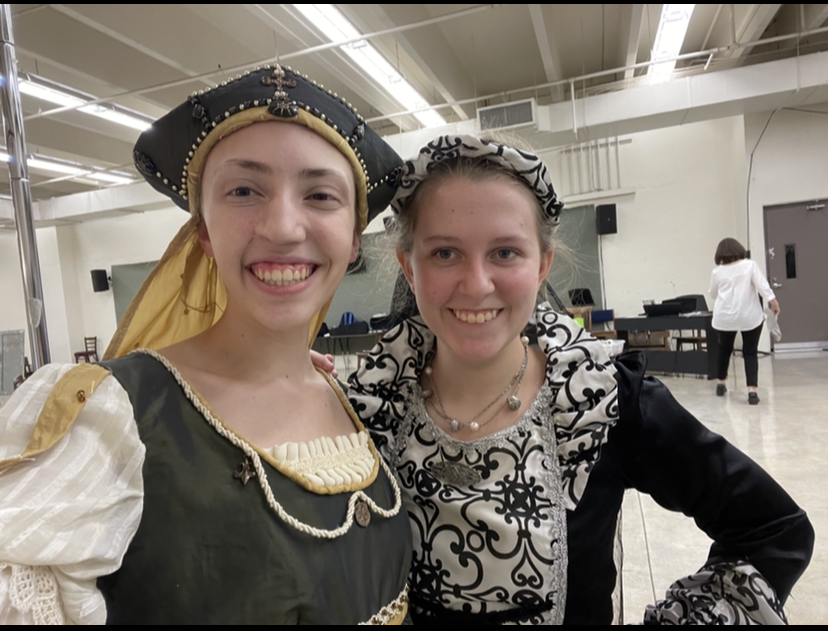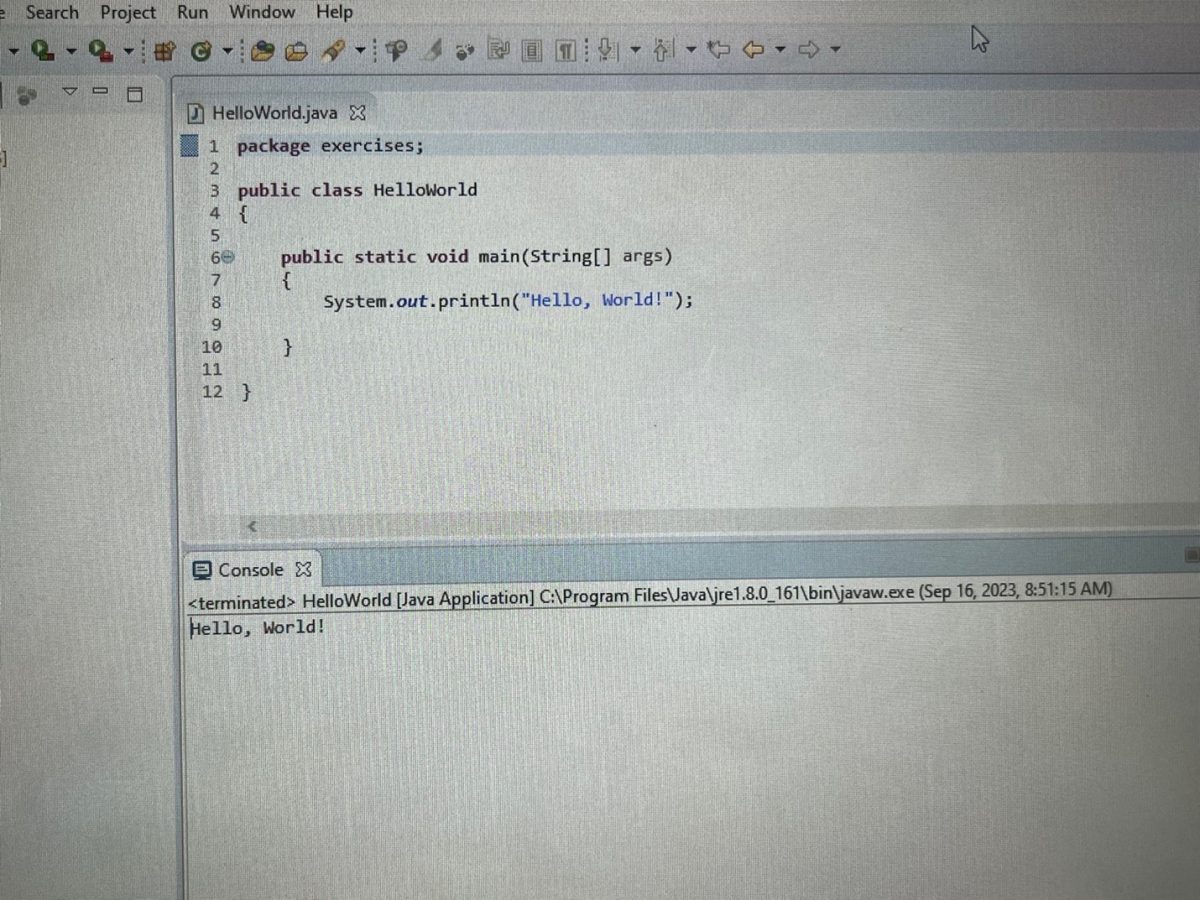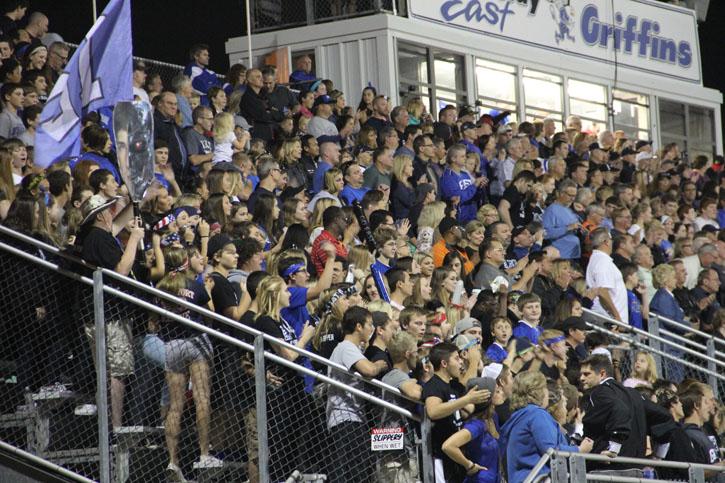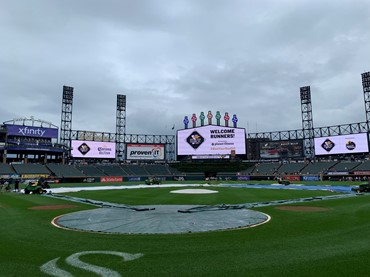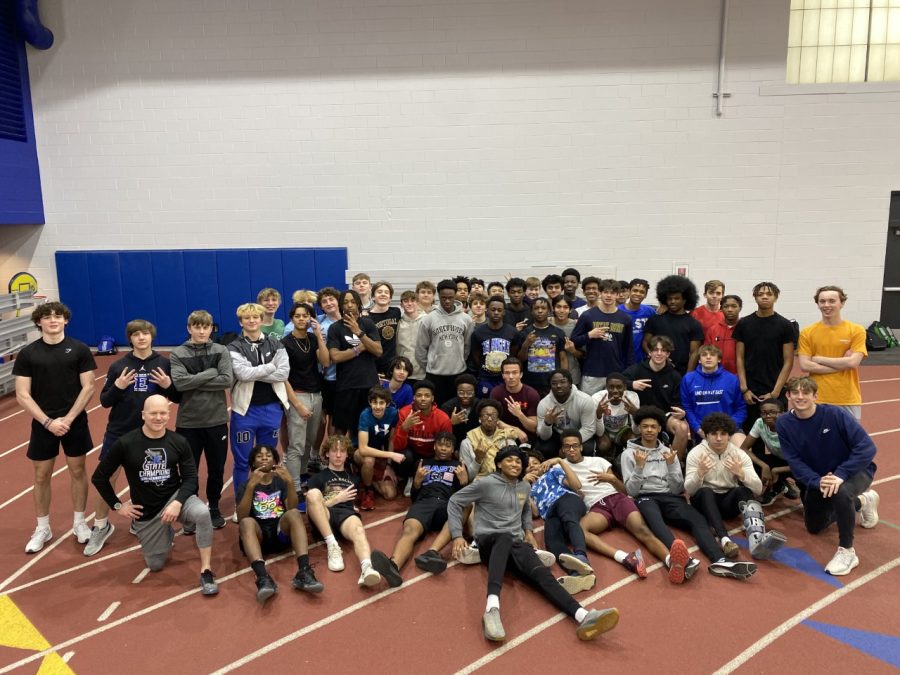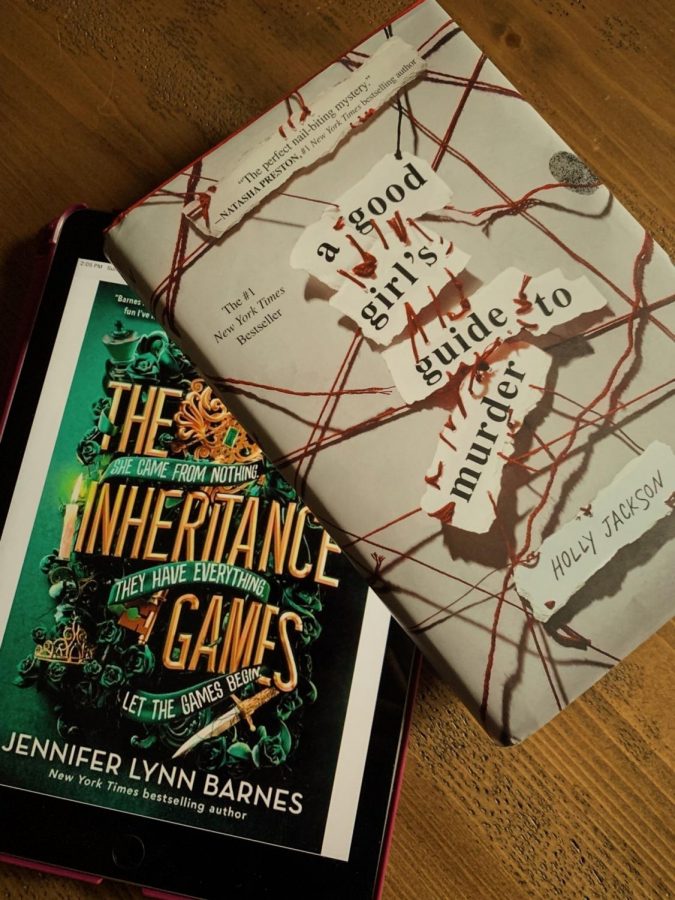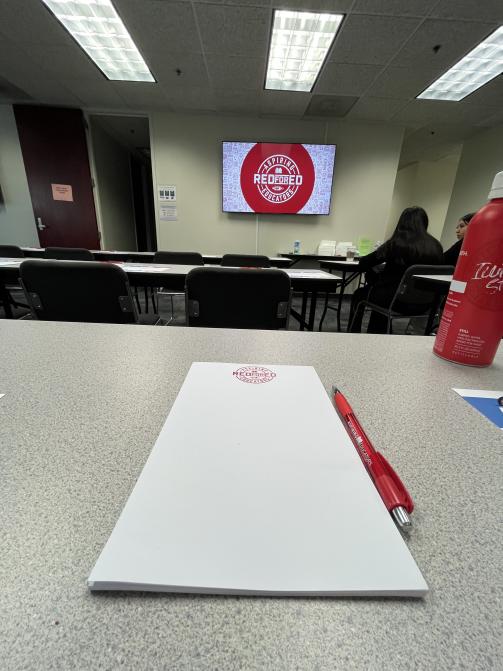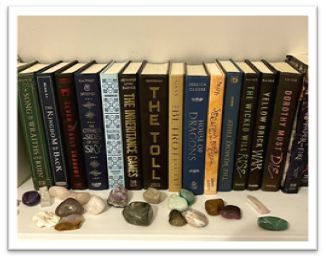What do you think of when you hear the word renaissance? Perhaps you think of the European period of blossoming art, literature, and culture, or perhaps you think of the style of architecture popularized during this period. However, that’s not the only context in which this word is used. According to Dictionary.Com, it can also be defined as “a renewal of life, vigor, interest, etc.; rebirth; revival”, and it is in this context that fans have begun using it.
2020 was a rough year for many people. The pandemic forced isolation on many people, and mental illness was at an all-time low point. For fans of The Hunger Games series by Suzanne Collins and The Twilight Saga by Stephenie Meyer, 2020 was a very exciting year indeed. With 2020 came the release of Midnight Sun and The Ballad of Songbirds and Snakes. These two novels were welcome additions to their respective series, and they were the spark for the respective renaissances.
The fandoms, or a group of fans, for each hadn’t been extremely active. After all, the last book in the Twilight series, Breaking Dawn, was published in 2008, and The Twilight Saga: Breaking Dawn Part 2 was released in 2012. The Hunger Games, on the other hand, hadn’t had a book released since 2010, and its final movie, The Hunger Games: Mockingjay Part 2 was released in 2014. Stephenie Meyer posted some excerpts and cut scenes from her novels on her website, and she released a genderbent version of the first novel for its tenth anniversary, but overall, very little new content was being produced. There are plenty of talented creators in both fandoms, but without new content coming out, a lot of the less devoted fans tend to lose interest. Even if you’re a superfan, it can be difficult to stay interested in a dying fandom.
The controversy around each of the series’ endings didn’t help matters, either. The Twilight Saga ended the series with Breaking Dawn, the longest novel of the series. The novel features Renesmee Cullen, the dhampir child of Edward Cullen and the books’ protagonist, Bella Swan. Jacob Black, one of the primary characters and a member of the love triangle that the series focused so heavily on, imprinted on Renesmee, a concept that left many fans feeling disgusted and disturbed. “For the werewolves of the Quileute tribe, imprinting is a bond that forms without control from either of the parts involved, and it only happens after a werewolf comes of age and gains the ability to shift. After this monumental change, when the werewolf sets eyes on their destined soulmate, they become automatically linked to that person, bound to protect them and make them happy in any way possible.” While these bonds aren’t inherently romantic, they still came with some uncomfortable implications, especially since Jacob imprints at Renesmee’s birth. The Renesmee pregnancy storyline also caused controversy; some fans thought it had pro-life implications, and they felt her character was unrealistic and overpowered. Another controversial plot element was Bella Swan’s transformation into a vampire. Throughout the series, newborn vampires had been built up to be dangerous and unstable with an insatiable thirst. Bella didn’t struggle with any of these things, and some readers called her vampire self a ‘Mary Sue’ – a perfect female character without any flaws.
While Mockingjay wasn’t as widely hated as Breaking Dawn, it was a divisive book that caused some fans to lose interest in the series. Some fans complained that the constant action made for a boring book, but it was the novel’s epilogue that caused the most controversy. The novel and film both ended with Peeta Mellark and Katniss Everdeen falling in love and having children. Much like Bella Swan, Katniss had repeatedly expressed disinterest in having a child which led some to believe the writing decision was out of character. The tone of the story was also a lot grittier than the previous novels with brutal realism being seen at every turn.
Midnight Sun is Twilight from Edward Cullen’s perspective. It wasn’t Stephenie Meyer’s first attempt at a Twilight retelling, but it was much more popular than Life and Death, a genderbent version of the original story. This is most likely due to a bias against the concept of genderbending, but that isn’t the only factor that impacted Midnight Sun’s success. Stephenie Meyer had been working on it long before the published novel released; when Robert Pattinson was filming the first film, he had access to a draft of the story. In 2006, the novel was leaked, which caused Meyer to stop working on the novel. She posted the draft on her official website and shelved the project. When it was announced that the novel would be officially released in 2020, many fans were ecstatic, perhaps in part due to their memories of Midnight Sun. The fandom debated the ethics of reading the leak, so to have this content officially published was thrilling.
The book itself was massively successful. In its first week alone, it sold 160 million copies. Many fans enjoyed it for the character development of the Cullens. Stephenie Meter didn’t enjoy writing the book because “Edward is a very anxious and pessimistic person. While I was writing him, I had to be inside of his head and his emotions. So, I had to be both very anxious and very pessimistic all the time I was working on the story. It’s not a great way to feel.” Ironically enough, many fans enjoyed the novel for Edward’s brooding nature, finding it made for a comedic read. In terms of future novels, Meyer has said, “The most important thing to know about future Twilight books is that they won’t appear for a very, very long time. This is a Midnight Sun-type timeline I’m speaking of. I’m not going to work on them now, I want to create something brand new (I have not decided exactly which project I want to tackle). And that takes time. When I get back to Twilight, it’s going to be a slow writing process. So this is not something to be looking forward to now. When it ever does finally appear, the story will revolve around the same characters, but Renesmee will be narrating, along with Leah Clearwater. The story will take place five or ten or fifteen years after the end of Breaking Dawn (the length of that space depends on when I get around to writing the book).”
The Ballad of Songbirds and Snakes didn’t receive the same glowing initial reaction Midnight Sun did, however. When it was first announced, fans were disappointed. They’d been hoping for a prequel focusing around one of the previous Victors introduced in the main series, such as Haymitch Abernathy, Johanna Mason, or Finnick Odair, so the announcement of a novel focusing primarily on Coriolanus Snow, the dictator President from the main series, didn’t exactly excite everybody. The book released to middling reviews, averaging around three and a half to four stars on a five-star ranking scale according to Goodreads. The book wasn’t as heavily publicized as the main series, prequels are typically less popular, and many fans were reluctant to read a novel from the perspective of a character they hated. In terms of future novels, Suzanne Collins said, “Here’s how it works now. I have two worlds, the Underland (the world of The Underland Chronicles series) and Panem (the world of The Hunger Games). I use both of them to explore elements of just war theory. When I find a related topic that I want to examine, then I look for the place it best fits.” Most fans believe that much like Lucy Gray Baird, the female protagonist of The Ballad of Songbirds and Snakes, Collins only writes when she has something to say, and they believe it is unlikely to receive more canon content any time soon.
If you’ve been on social media in the past few weeks, it’s likely you’ll have encountered some content relating to The Ballad of Songbirds and Snakes. Its movie adaptation released on November 17th, 2023. While not everyone read the book, many people saw the film. It grossed $336 million worldwide. Many fan edits can be found on sites like Instagram, TikTok, and YouTube, primarily focusing on Coriolanus Snow and Lucy Gray Baird, the romantic pairing that takes up the most focus throughout the storyline. The movie was much more successful than the book, and it drew in a lot of older fans who weren’t as frequently seen in the fandom. It will be released on DVD on February 14th, 2024.
Adaptations can have a large impact on fandoms. While The Ballad of Songbirds and Snakes was published in 2020, its renaissance didn’t truly begin until late last year. A key factor in this adaptation’s success was the usage of music. The female protagonist and love interest, Lucy Gray Baird, is a member of the Covey, a group of musicians. Throughout the story, songs are used. When the book first debuted, a YouTuber named Maiah Wynne posted her covers of the songs, but those weren’t official, and casual readers might not have been aware of them. Many fans have described Lucy Gray’s character as the opposite of Katniss Everdeen; Katniss is a hunter in a performance, but Lucy Gray is a performer in a hunt. The soundtrack for the film was released separately, and online, fans have commented about their enjoyment of it. The story was given more exposure through news articles, press junkets, and social media posts than it was when the book initially came out. A play adaptation of The Hunger Games is set to premiere in London this year, drawing in a whole new subset of fans. Midnight Sun may not be slated for an adaptation any time soon, but The Twilight Saga is being adapted into a TV show by HBO. Adaptations create new fans, for better or for worse.
Fandom culture has changed a lot since the early 2010s, and that’s not necessarily a bad thing. For one thing, the stigma around being an active, excited member of the fanbase has significantly decreased. Cosplay, or the act of dressing up as a character, has become much more common. Her Universe released a replica of Bella Swan’s prom dress from the first Twilight film as well as a replica of Lucy Gray Baird’s rainbow dress from The Ballad of Songbird and Snakes film. As of now, both dresses are completely sold out. Fanfiction has become much more accessible, and the writing of it doesn’t carry as much negative associations. On Archive of Our Own, one of the most popular fanfiction websites, the fandom tag “Twilight Series – All Media Types” has 16, 548 works, with 8,904 of those works being published after Midnight Sun’s release. “Hunger Games Series – All Media Types” has 18,700 works, with 9, 047 of them being published after the release of The Ballad of Songbirds and Snakes.
The Twilight Saga’s fandom culture is an interesting one. The series was massively popular, and it still is. It’s notable for shaping the YA genre into what it is today. The books sold millions of copies, and the films gathered a large fanbase. Team Edward versus Team Jacob was an argument practically everyone knew of, whether they were an active fan or not. The Twilight Saga is also one of the most hated series of all time. On WikiHow, there is an article titled “How to Act Like an Anti-Twilighter”. Robert Pattinson frequently expressed dislike for his character, Edward, while working on the films. Eventually, hating The Twilight Saga became just as popular as the Saga itself.
A lot of the critique comes from comparing The Twilight Saga to The Hunger Games. Bella Swan is viewed as a helpless, passive damsel who doesn’t have a lot of agency while Katniss is fighting for her life and justice in the arena. There is a love triangle in The Hunger Games, but it isn’t given the same focus that the love triangle in The Twilight Saga is. Bella Swan is frequently considered a ‘Mary Sue’, or a flawless character who gets everything she wants, but Katniss loses a lot, and her struggles are considered a lot more serious than Bella’s. Overall, though, the hatred boils down to misogyny.
The world looks down on female enthusiasm, and this bleeds into fandom culture. Men who enthusiastic are ‘reasonable’ – our definition of what’s reasonable and what’s hysterical is based almost entirely on gender roles. Girls who might’ve been thrilled to share their love for The Twilight Saga get quieter about it as they see person after person bash it. Girls who relate to Bella Swan are suddenly embarrassed to be compared to such an ‘incapable heroine’, a ‘damsel in distress’, a girl who does nothing but ‘sit and obsess over Edward’. Slowly but surely, the fandom diminishes; it loses members who are embarrassed of their passion. Reputation plays a large part in the perception of media, and when the vocal minority speaks up, it turns off potential new fans. The Hunger Games’ fans didn’t face the same types of misogyny that The Twilight Saga’s did, but again, the romance was a point of contention. Fans who enjoyed the love triangle ‘didn’t understand the point of the novel’ and ‘couldn’t be considered real fans’.
Misogyny, unfortunately, still has a prevailing role in fandom culture. The majority of fans for these two pieces of media are young people. More specifically, the majority of fans for these two pieces of media are young women. LGBTQIA+ people are also fairly common in these two fandoms. When young people, specifically young girls, latch onto something, it tends to become the punching bag of media and society as a whole. Twilight isn’t the first time this has happened. In a TEDTalk by Yve Blake, creator of the musical Fangirls, she mentions the reaction of one of the members of the boy band One Direction leaving. “I watch videos of ten-year-old girls crying. Like, really crying! And then I watch as people repost these videos, but with new titles that contain words like ‘crazy’ and ‘creepy’ and ‘insane’… Then I watch as mainstream news outlets cover the story. I read them describe these ‘young banshees’. I read one journalist say, ‘it’s a commonly known fact since the age of the Beatles that is nothing scarier in this world than a group of excited teenage girls.’” When boys have these intense reactions to sports, they’re justified, but when girls have these reactions, they’re portrayed as ‘psycho’ and ‘insane’ and ‘crazy’. Why is that?
“Fangirls know how to love something without fear or apology.” That’s it. That’s the essence of it, isn’t it? Fangirls aren’t afraid to be passionate about what they love. Fandoms wouldn’t survive without passion. They wouldn’t survive without the dedication of fanfiction writers, fanartists, people who want to have discussion about their favorite medias. Yve Blake goes on to describe the fangirl shriek as a battle cry; the fangirls still know how to make that sound, and they’re not afraid to do it. Watching back some interview clips from the height of The Twilight Saga’s popularity, you can hear this battle cry, but more importantly, you can see the genuine love these people have for this franchise. From the handmade t-shirts to the midnight screenings of the films, people are clearly invested. A large part of the renaissances is that a lot of the stigma of being a fan of these medias has gone away. The shame and horror have gone away. Most of the original fanbase are adults now, and they’re not afraid to be passionate and confident about the stories they love so much.
Age is a vital component to the renaissances, too. Older fans get to relive the past, and most younger fans are experiencing the fandom in full force for the first time, a luxury that not every fandom gets that opportunity. I interviewed one of these fans, sophomore Felix Sacks. Here’s what he had to say.
Q: Hi! What do you think of The Twilight Saga and why?
A: I think that Twilight had a lot of opportunity to be really, really good. It definitely became an icon both in fandom and of the 2000s pop culture era, but there’s so much to critique in it, too. Examples include Meyer’s not-so-subtle Mormon ideals (which the ones about Bella being ‘decent’ disappear in the movies) and how she stole and changed actual indigenous lore without any recognition to the actual Quileute people. Nevertheless, the story managed to be good enough for so many to cling onto and fill their own ideas with.
Q: What do you think of The Hunger Games and why?
A: I think the Hunger Games also had a lot of potential and saw most of its ideas through. Collins’ ideas in the first two books are carefully crafted, and they build upon each other as it goes. It melds sci-fi lore with dystopic, realistic allegories to capitalism, racism, and poverty. Some of these ideas fell off in Mockingjay when the focus came back onto Katniss as a suddenly unreliable narrator. While the fight against the Capitol was a big part, the plot seemed to revolve around Katniss’ mental state. Through the overall series, Katniss was an incredible protagonist because of how outwardly flawed she is; her own narration doesn’t shy from that.
Q: How do you feel about each series’ respective ending and why?
A: Breaking Dawn seemed to be Meyer’s way of clinging onto her own weird vampire fantasy, and no, I do not mean The Twilight Saga itself. She wrote what she wanted out of the story, which meant making some beloved characters fall out of the scene and others completely polarized in personality. Generally, that’s okay, but her commitment to both that and also retaining the series’ popularity conflicted. It seemed to cut from what she wanted back when it was just the sequel to Twilight and a jump to what fans sort of wanted. Mockingjay wasn’t too bad, honestly, which seemed to override all of Katniss’s character from beforehand. For all of Mockingjay’s confusion and deviance from the first books, it still managed to keep most of the characters in character.
Q: What do you think of Midnight Sun and The Ballad of Songbirds and Snakes? Why?
A: Midnight Sun seems to be an absolutely wild idea, especially since Meyer ended up not liking her own endgame love interest after writing from his perspective. It was almost like TMI for The Twilight Saga. The Ballad of Songbirds and Snakes, however, does set up a lot of Panem’s lore. I felt like it was definitely an enjoyable read with characters that you could grow attached to. It didn’t feel repetitive from the earlier books and it felt like a good background prelude to the first book.
If you could have more content for these series, what would you want and why?
A: I think a general lore book for The Hunger Games would be nice, describing the founding of Panem and the disasters leading up to it. Honestly, I’d prefer for it to not follow any characters or relationships from the early books. For Twilight, I don’t know if I’d want any more content as I wouldn’t trust Meyer to do anything better than she already has. It would be nice for a rewrite for all the Team Jacob fans out there, though, or at least acknowledgment of the actual Quileute people who were screwed over by Meyer.
Overall, just as with the European period, the fandom renaissances are an exciting experience for many people. Hopefully in the near future, more fandoms will enjoy the same revitalization that The Hunger Games and The Twilight Saga have enjoyed in recent years.
Links:
https://wegotthiscovered.com/movies/what-is-imprinting-in-the-twilight-series/
https://www.cheatsheet.com/entertainment/twilight-cast-robert-pattinson-midnight-sun.html/
https://stepheniemeyer.com/frequently-asked-questions-midnight-sun/



